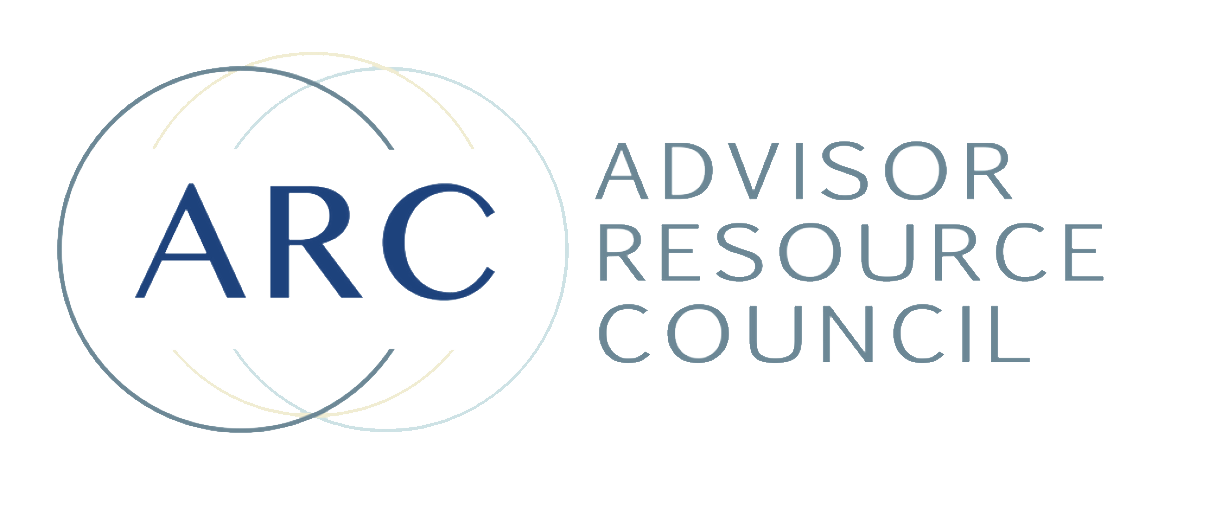Active Tax Loss Harvesting: An Overlooked Strategy to Enhance Your Portfolio
Tax Loss Harvesting Can be a Strategic Approach to Maximizing Your Investment Returns - Here's What You Need to Know.
Key Takeaways
- Underutilized Strategy - Active tax loss harvesting is often overlooked by both DIY investors and passive financial advisors, especially outside the traditional year-end tax planning period. Utilizing this strategy more proactively can significantly enhance portfolio gains.
- Reduce Tax Drag - Implementing tax loss harvesting can potentially reduce tax drag by 50% or more, according to studies by Vanguard and others, thus improving overall investment efficiency.
- Strategic Rebalancing - When a chosen stock declines in value, selling it to harvest the loss and purchasing a comparable asset keeps you invested in the market. This allows for potential gains from market recoveries and maintains your strategic asset allocation without compromising your investment position.
- Carry Forward Benefits - Capital losses can be carried forward indefinitely to offset future capital gains and up to $3,000 of ordinary income annually, providing a strategic advantage for future tax years.
Active tax loss harvesting is a powerful yet frequently underutilized strategy for maximizing the potential of non-qualified investment accounts. In my experience, both DIY investors and passive financial advisors often overlook this method, typically only considering it towards the year's end. This oversight can result in significant financial opportunities lost - opportunities that could mitigate the impact of capital gains taxes considerably. According to research by Vanguard and others, effective tax loss harvesting can reduce tax drag by at least 50%.
Consider a practical scenario: imagine deciding between adding Coca-Cola or Pepsi to a portfolio. If Coca-Cola seems slightly more appealing, it becomes the chosen investment. However, should the market decline by 10% shortly after purchasing, it would be wise to sell Coca-Cola to capture the loss, using the proceeds to immediately invest in Pepsi. This move ensures continued market exposure, potentially benefiting from any quick recoveries. After 30 days, Coca-Cola can be repurchased, maintaining the harvested loss to offset future gains.
It's crucial to understand that capital losses from stocks do not expire; they can be carried forward indefinitely to offset future gains or reduce taxable income by up to $3,000 annually. The primary benefit here is not the immediate deduction but the longer-term ability to offset gains, thereby strategically reducing tax liabilities.
The precision of tax loss harvesting can vary depending on the investment tools used. Many DIY investors and advisors rely on mutual funds, which can be akin to using a hatchet instead of a scalpel for surgery—less precise and potentially more disruptive. In contrast, a portfolio composed primarily of individual securities allows for more meticulous management, enabling investors to optimize their tax position proactively throughout the year.
Bear markets, while challenging, provide unique opportunities for tax loss harvesting. By being diligent during these downturns, investors can accumulate losses to offset gains in more prosperous years. This forward-thinking approach can significantly alleviate the financial pain during market recoveries.
Moreover, some investors might adopt what I call the 'Ostrich Technique,' where they ignore potential tax implications by never selling their investments. However, in numerous financial plans I've devised throughout my career, it's clear that most people will eventually need to access their funds, triggered by planned or unforeseen circumstances. Ignoring the buildup of potential capital gains tax can lead to significant financial strain, especially if the value of the invested assets begin to decline.
In conclusion, understanding and utilizing active tax loss harvesting can dramatically influence your financial landscape, especially considering that current capital gains tax rates are relatively low historically. There's no guarantee that these rates will remain unchanged; proactive financial planning is essential to safeguard and enhance your investment returns.
As an additional note, capital losses harvested can be applied beyond the stock market. For instance, in 2022, we harvested significant losses for clients with large accounts, which were then used to offset substantial gains from real estate transactions, thus effectively eliminating a hefty tax burden. This strategic approach not only preserves wealth but enhances financial flexibility and security.
Embracing active tax loss harvesting is not just about minimizing taxes; it's a comprehensive strategy that can be used to manage and grow wealth effectively over the long term.
This presentation is not an offer or a solicitation to buy or sell securities. The information contained in this presentation has been compiled from third-party sources and is believed to be reliable; however, its accuracy is not guaranteed and should not be relied upon in any way whatsoever. This presentation may not be construed as investment, tax or legal advice and does not give investment recommendations. Any opinion included in this report constitutes our judgment as of the date of this report and is subject to change without notice.
Additional information, including management fees and expenses, is provided on our Form ADV Part 2 available upon request or at the SEC’s Investment Adviser Public Disclosure website, https://adviserinfo.sec.gov/firm/summary/164109.
Investment advice offered by Advisor Resource Council, a registered investment advisor.

